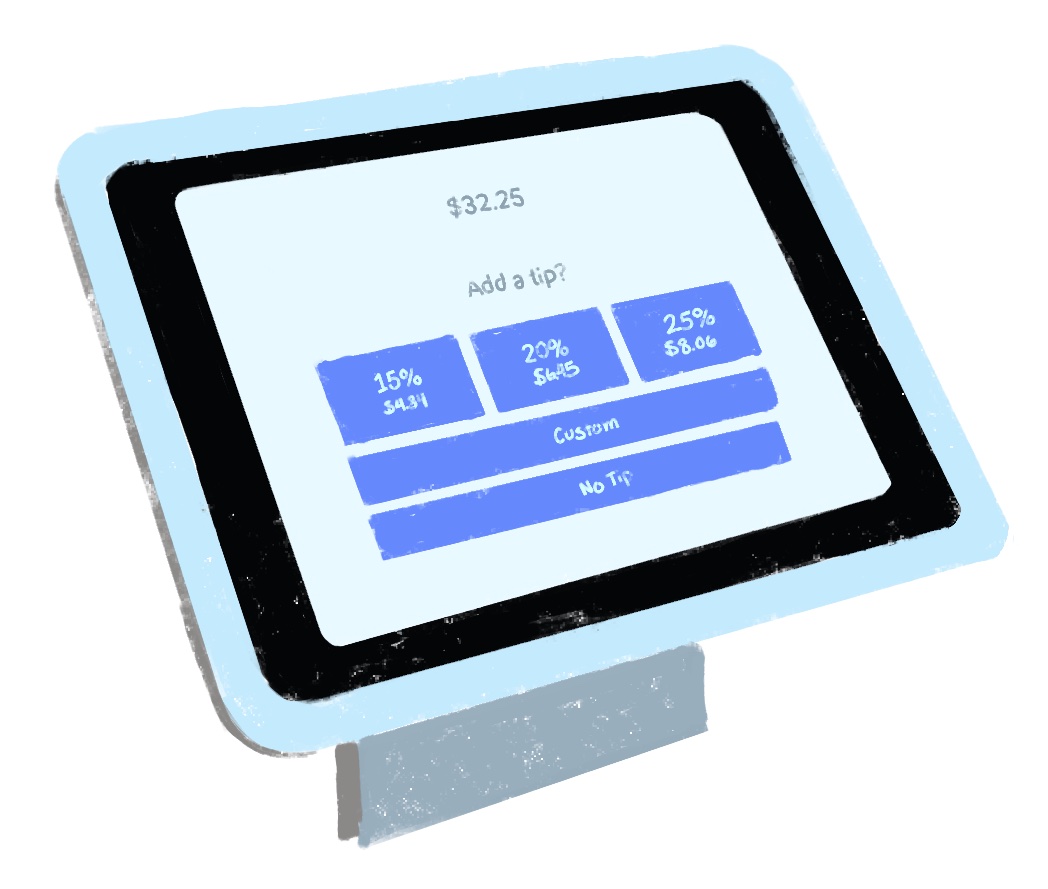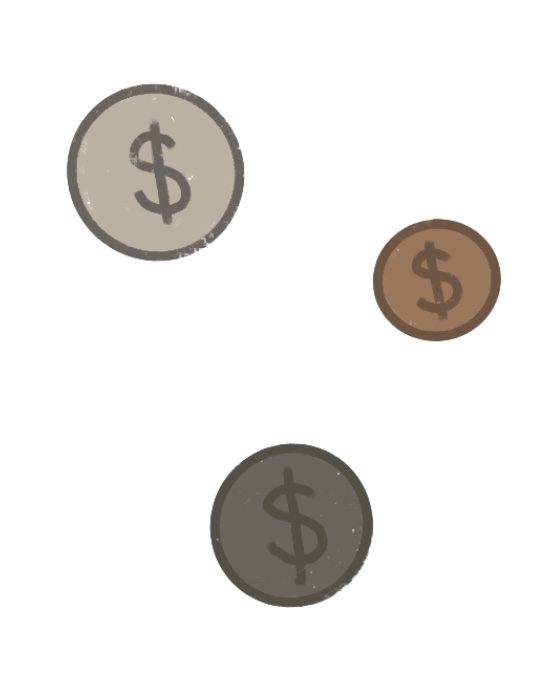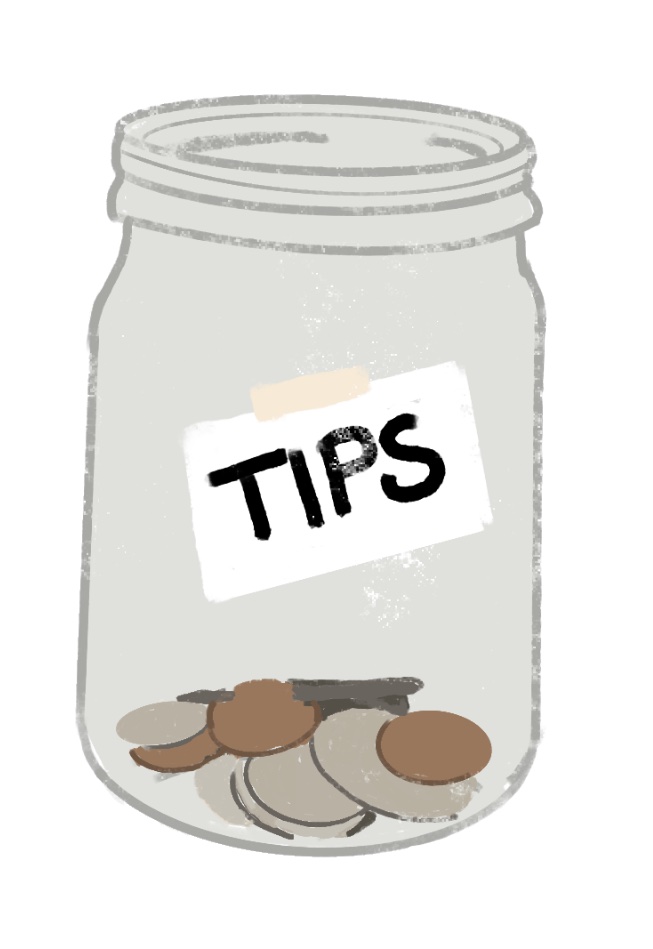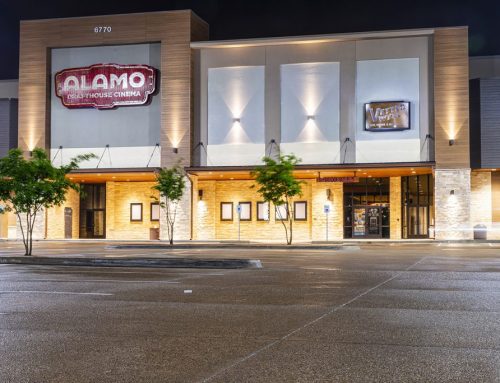
You walk into a restaurant. A coffee shop. A bar. A clothing store. You get your drink or other product, and as you tap your card on the scanner, the employee flips their screen around, prompting you to choose an 18%-22% tip. You’ve got questions. Where does the tip go? What are you even tipping for?
Questions about tipping aren’t new. In fact, historical accounts show that Americans were apathetic to tipping wages in the 1860s.
“I don’t understand some businesses that are asking for tips nowadays,” one Dallasite says on Nextdoor. “Why would I tip someone for ringing up my Big Gulp. Pretty soon we will be prompted to tip during self-checkout.”
Others question the percent system, as the cost of the food doesn’t affect the server’s amount of work.
“Now, if we order a $50 bottle of wine, that’s $10. If we decide to order a $500 bottle of wine, I am expected to tip $100,” another neighbor chimes in. “Why is that? The same amount of effort went into the service.”
Others are starting to notice the flip-and-tip at retail establishments, where service isn’t occurring.
“I am baffled by the tipping option in retail stores,” one Redditer complains. “Honestly it is a little off-putting. In fact, it has made me stop going into stores to shop.”
So, when do we tip?
Each owner and type of restaurant has a different school of thought when it comes to tipping and wages.
“In full-service, tip/gratuity should be more than 20%, just because of the economy the 15% is definitely obsolete,” Haystack owner Kevin Galvan says. “It should be more like 20%, 22%, 25% because of the amount of work these people are doing for $2.13 an hour.”
In Haystack restaurants where the dining isn’t full-service, employees are paid an hourly wage, and tips are earned by employees going over-the-top.
“We make sure they’re doing something for the tips, so drinkware, refills, pre-bussing tables, offering cloth napkins, trying to offer a full-service experience even though we are fast-casual,” Galvan says. “I’ve never asked for big numbers from people because some people ask for 15%-20% on a $60 tab but you’re not doing $12 worth of work.”
Galvan pools tips among all employees, which he finds encourages every member of the team to give the best service possible.
Others, like White Rock Coffee, apply the same teamwork-style tip pool but to tipped wages.
Many coffee shops, like White Rock Coffee, make a server wage and share tips among the barista team.
“[I prefer] making a tipped wage because it’s really up to you how much you make,” says Samantha Oser, a barista at White Rock Coffee.
WRC baristas split tips among all locations, and then tips are divided by the number of hours worked for each employee. This system increases wages for baristas in locations with a slower pace, with locations like Lake Highlands seeing less activity than locations in East Dallas or Preston Hollow.
The tipping struggle isn’t limited to dining. Hairstylists, for example, make tipping wages at most salons and often don’t get to take home the full charge for the service.
“You’re usually splitting the cost of service with the owners. Depending on how much the commission percentage is, you can take only 60%, 50%, 40% or 30% home with you,” Kristian Taylor, a cosmetologist at Capelli Salon says. “Unfortunately, there are a lot of us who rely on those tips just to make ends meet. … A lot of people don’t realize all of the education and hard work that comes behind a service. For instance, if I worked five hours on your hair, and it came out beautifully, it’d feel great to be shown that you’re appreciated by receiving more than 20%.”

Why do we tip?
Federal and state labor standards allow employees who receive tips to be paid a lower minimum wage than hourly employees. In Texas, this wage is $2.13 an hour, though if the employee doesn’t make $5.12 per hour in tips, the employer must make up the difference.
How is this decided?
At the end of the shift, employees clock out and calculate how much they have received in cash and electronic tips. Tip-out, if applicable, is also calculated. Some are given their electronic tips at the end of the shift. Others wait for a weekly, biweekly or monthly paycheck.

Who receives tipped wages?
Drivers, delivery personnel, hairdressers, servers and bartenders almost always receive a tipped wage. Recently, some coffee shops and restaurants have made a switch to higher hourly wages.
Why do restaurants use tipped wages rather than hourly wages?
Restaurants can have lower prices on food if they pay their servers less. Servers can make more money off of tips than they would on an hourly wage. Tipped wages incentivize employees to up-sell to their customers.
Why eliminate tipped wages?
It would eliminate the wage gap between front-of-house employees and back-of-house employees. The wage gap between servers at restaurants that tend to have higher tabs and those with lower tabs would be smaller. Wages for tipped employees would be more regular, leaving them with a liveable wage regardless of tips. Calculating income tax would be easier — many servers avoid reporting their full wages to the IRS by not reporting all of their cash tips.
HOW MUCH DO I TIP:
Servers……………………….20% of the bill before tax
Bartenders……………………20% of the bill before tax or $1 per drink for simpler drinks like beer
Baristas………………….…….20% is always nice but not required, many make hourly wages
Hairstylists/Beauticians………20% of the bill before tax for a good job, typically with cash
Other businesses that aren’t providing you a service…..do not feel obligated to tip, but you can if you’d like.
TERMS:
Tip-out/tip share: In many restaurants, servers share a portion of their tip with other tipped employees, particularly those who have helped them in their shift. Commonly, this includes bartenders and bussers. This can be based on a percent of sales the employee had or a percent of their tip, depending on the restaurant’s policy.
Tipped wage: In Texas, $2.13 per hour. If the employee doesn’t receive the equivalent of $5.12 per hour, employers must make up the difference to meet federal minimum wage requirements.
Automatic gratuity: Some restaurants have automatic gratuity for large parties. High-end restaurants might include an automatic gratuity regardless. This ensures that the server is receiving adequate pay. If the automatic gratuity is around 20%, you are not expected to pay an additional tip.
Front-of-house employee: Employees who work in the front of the restaurant and typically make tipped wages. Can include servers, bussers, bartenders and hosts.
Back-of-house employee: Employees who work in the back/the kitchen. These employees typically make hourly wages and could include cooks, quality assurance and dishwashers.





